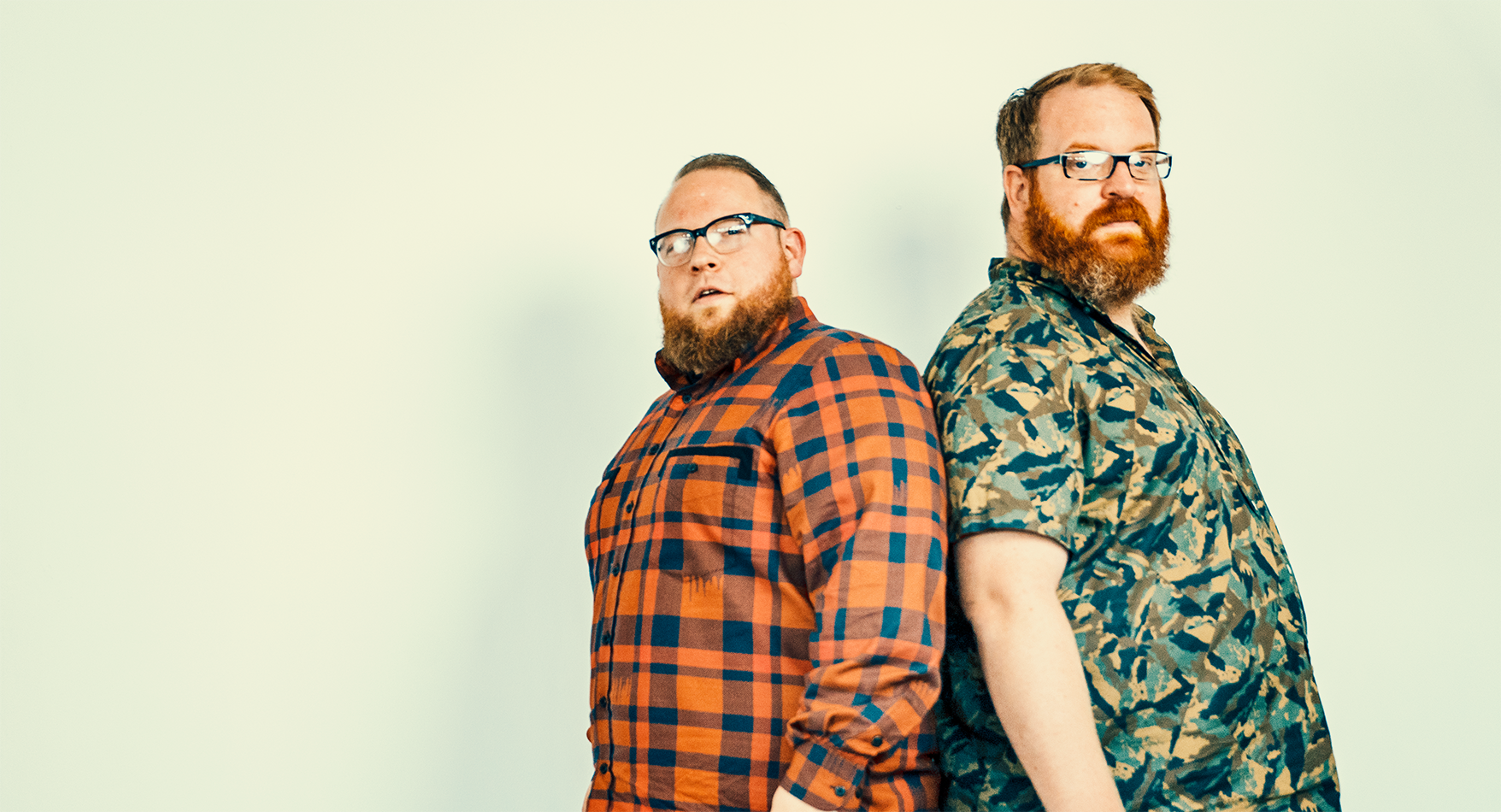

[dropcap size=big]S[/dropcap]kateboarding is one of those activities that has a way of getting under one’s skin. At the age of 12, I got my first skateboard. It was yellow plastic, with a tiny kicktail and translucent yellow wheels with loose bearings that rusted the very first time they got wet. This “board” was nothing more than a toy, by today’s standards, and not great by 1980s standards, either. None of this mattered, though, after my first exhilarating, and ultimately painful, ride down the hill near my house. The skateboarding bug had bitten another weird, pudgy, loner of a kid, and there was no looking back. That was 36 years ago.
Through lo the many years, countless injuries and broken boards, teenage angst and middle-aged melancholy, weight gain and weight loss, skateboarding has always been there for me, sometimes calling quietly, sometimes demanding my participation. For many, and most definitely for me, skateboarding has always been more than just an activity. It shaped my youth, kept boredom at bay, provided an outlet for endless creativity, and, as I’ve learned now in my mid-40s, can be a super fun way to get some exercise. For me, skateboarding is part church, part gym, and the most fun I’ve ever had with my clothes on.
I talked to legendary skateboarder Jesse Martinez about the 20 year battle to convince the City of Los Angeles to build a skatepark in Venice, and the new documentary about it, Made in Venice. Read our conversation below.
From Venice, California. 6:40 a.m.
Kenneth Fish: As alluded to in the introduction, skateboarding, has always had room for those who don’t fit in elsewhere. It may not have been the thing that drew me to it, but it certainly ended up being the thing that kept me coming back. You are obviously dedicated to skateboarding – what drew you in and what keeps you coming back for more?
Jesse Martinez: I think it was, uh, just how exciting it is to do it. When I started skateboarding, street skating was so new and just everything you did was like you were making it up as you’re moving along and it just drew me to it….[and] how the group of friends I was skating with and how exciting it was to make up new tricks all the time and figure out…let’s try it this way. It was just something I was really drawn to. I’m a real action type of guy, you know? I love it like that and it fit me perfect.
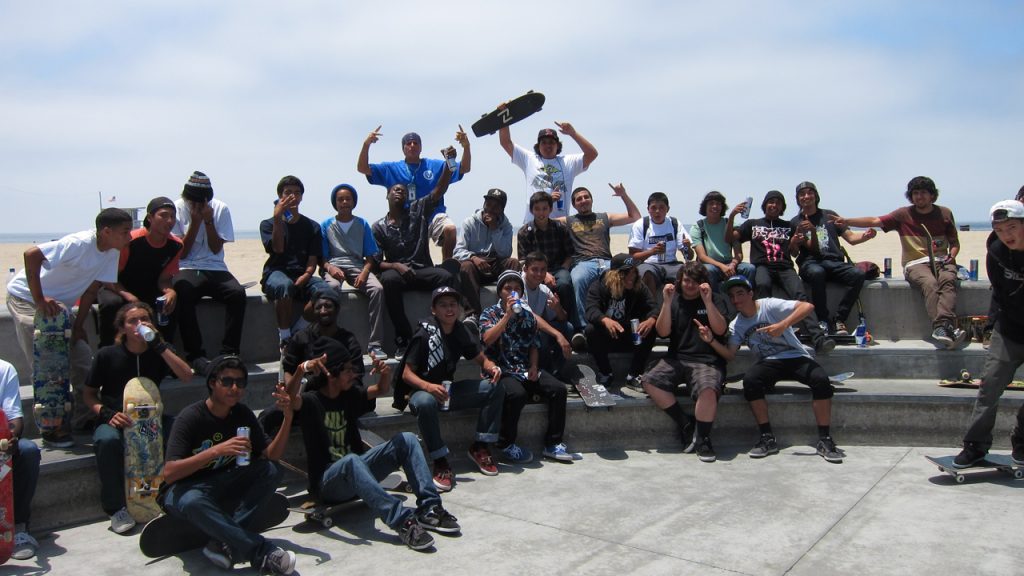
KF: There’s always been this idea that skateboarding is for kids, and generally white male kids. You and I and all the skaters from the 80s and 90s (especially those still skating) know otherwise, though. What’s your take on how the sport has changed and do you think its growth and ever-expanding diversity keep going?
JM: Yeah, you know, skating is a bit colorblind, since the beginning. Race and nationality has never been an issue at all, for some crazy reason in skateboarding. It just never became an issue, you just skated with everybody, it didn’t matter who they were, black, white, japanese, whatever. It was just one big skate family. That’s what I really love about it. It’s just such a unique sport. Everybody was just interested in skating. There was never any issues with race at all. As time went by, I noticed how skating had progressed, you know, I was involved in the beginning of street skating and I just have watched it evolve to today. It’s incredible when I watch these 14 year old kids doing stuff. It’s just amazing. And the women, the girls, excuse me, the girls have just come such a long way and skateboarding has just grown so much in the last 30 years. I’m honored every time I see people do tricks I made up and they advanced them. And I’m just amazed and pretty proud of what I was a part of, and all of us are a part of this.
I tell people I don’t have fans, I have friends. Everybody’s my friend. Every time I meet a skateboarder, it’s like, “Hey, what’s up, how’s it going man? Let’s skate!” Skateboarding has evolved into this real sort of corporate type now, it’s really fine tuned itself to this day and I’m really proud to be a part of that progression.
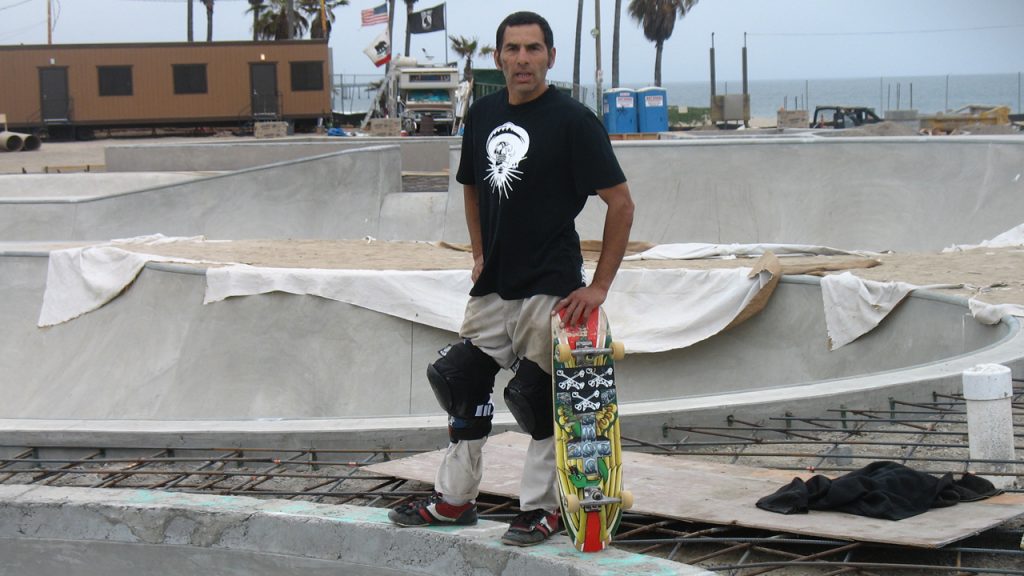
KF: It seems to me to be a part of the past, present and future of skateboarding. The more people who enjoy it, the better off everyone is who participates in skateboarding.
JM: It’s really crossed the line, now it’s like, Los Angeles and a lot of other cities, you have a lot of gang members, and gangs and it has really been accepted now, like you know, my cousin skates and you see more and more kids from rough neighborhoods skating now than ever…it’s really brought a lot of kids out of hard areas in other directions to skate and change their lives completely.
KF: Skateboarding, especially street skateboarding, has always been a little bit on the lawless side, how does that square with all the rules of the park (even though most of them are common sense)?
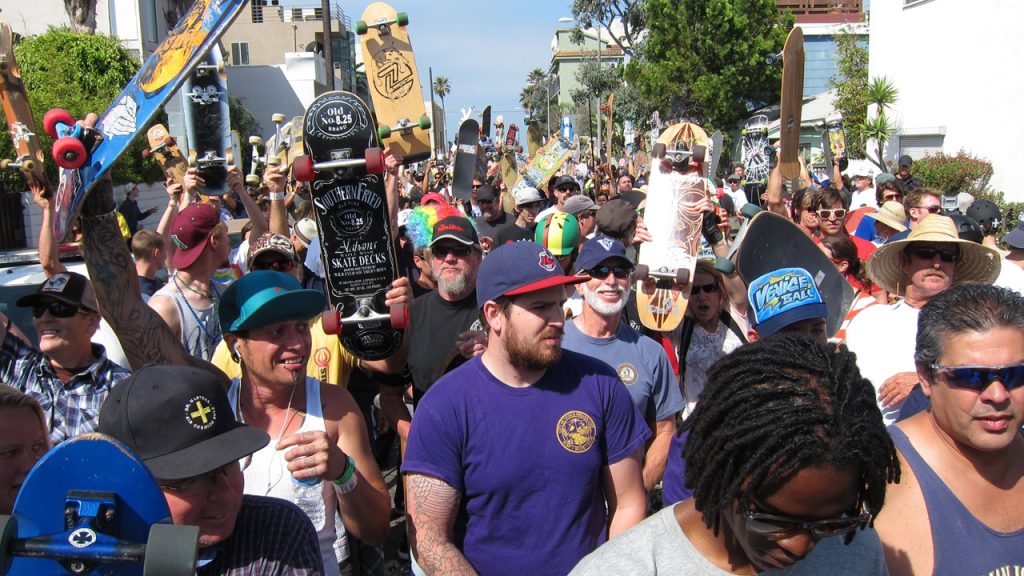
JM: Street skating for many decades was like, we were always getting into trouble, no matter where we skated. It was always a problem. We always had somebody coming out going “Hey don’t skate here, don’t mess my curb up.” It always did have that sort of outlaw feeling to it. Even to this day, a lot of street skaters they don’t want to skate a park they want to out in the natural terrain of the city they live in. I truly believe street skating will always have that little outlaw feeling to it.
KF: Amazing, smooth, well-constructed cement skateparks are really popular right now. But we’ve seen skateparks come and go in the last 30+ years. Do you think they are the future of skateboarding or merely one part of an always uncertain future?
JM: No, I think it’s here to stay this time. The problem in the old days, Boy Scouts of America dropped it’s insurance. That’s some issue. And skateboard parks started dropping one right after the other. And by 1982, 83, there was practically none left, and that was pretty much and that was pretty much the birth of street skating. Cause there were no parks in my day, in your day, you had to go out and find your own skate spot and build it. But now, there are skateparks everywhere, you know, you could throw a rock and hit one now in LA. It’s amazing, it gives all the kids an opportunity… the skating is so advanced now, it’s so technical, that you need these parks. Now it’s gonna be in the Olympics, so many kids skate now, it’s incredible the amount of skateboarders in the US, it’s here to stay.

KF: I’ve watched the “Made in Venice” movie as well as some of the live feed from the park and it looks like the place is a melting pot for all walks of life. What kind of people do you see using this skatepark and how different are the skate crews now compared to when you and the Dogtown boys were younger?
JM: Well, one thing about the Venice Skatepark, and I’m proud of it, is it’s probably the most used, the most photographed, the most commercialized skatepark in the history of skateboarding. I’m not saying it’s the best skatepark. But it’s in the best location and what it’s done for the new generation of kids is that it’s made them skate as good as they should be skating now. That was one of the main goals of even me starting to clean that park eight years ago. was knowing, okay, I’m getting older, I’m not the pro I was, and I wanted to insure that there was a third generation of legitimate Dogtown skateboarders that came out of Venice. We see a wide range of people who just come from many countries just to skate this park in Venice and I meet guys from all over the world almost every day that come to me and go “Oh, I came here just to skate this park” and I’m amazed. It’s a real diverse crowd at that park even though there’s a hardcore crew of locals…who accept anybody who walks into that park with a skateboard. It’s a really unique place.
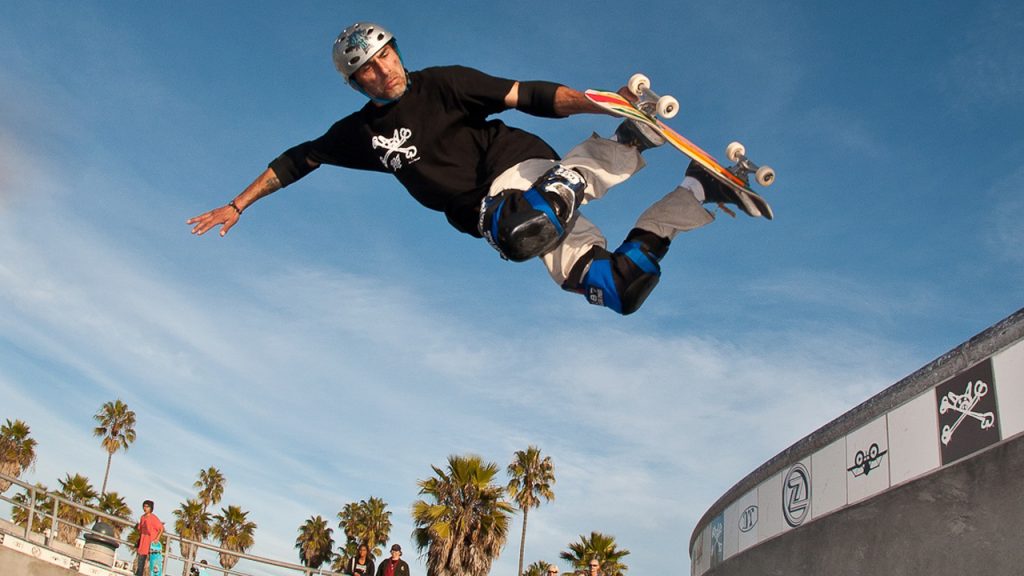
KF: How did skateboarding change your life?
JM: Oh man, let me tell you. It incredibly changed my life. Long story short, I started skating at six years old out of uh just, I don’t know why, I was just drawn to it. Somebody drove up and gave me a skateboard one day, and I started skating and I never stopped. I went all the way to my teenage years, and I had a pretty rough upbringing, and I found myself living on the street at about 17 or 16 years old. Jay Adams, a brother of mine, I love the guy, had passed me skating down the street, and stopped me and goes “Hey, you” and I go “oh, my god, it’s Jay Adams.” He goes, “Hey man, I see you skating all the time, man.” He goes, “You wanna go skate with me?” and I go, “yeah.”
From that, my whole entire life did a 180. It went from just trying to scrape by to get food, just trying to find somewhere to sleep, and all of a sudden, two days later, I’m skating for Santa Monica Airlines and Jay Adams is picking me up to go skate. That set my life in a completely different direction. I owe that guy everything to this day.

KF: It’s amazing how these little things connect over the years and really change the course of everything.
JM: Yeah, it’s funny you say that. It was 1980, and I was probably 15 or 16, I went to the Marina Del Rey Skatepark just to watch. I didn’t have a helmet, I didn’t have the money to skate it so I used to go there and watch. One day, I was in the parking lot and I had like 15 dollars on me and Stacy Peralta walked out and I go “hey, can you sell me a skateboard?” And he goes “Yeah, come to my car” and he sold me a Powell Peralta Bright Light for $10 and then Tom walked out, another old pro, and he sold me trucks for five dollars. Maybe seven, eight, nine years later and I’m riding for Stacy Peralta, and he goes “OMG, you’re that kid I met in the parking lot that day.”
KF: Oh man, I’ve never heard that story.
JM: Yeah, that’s a story I really never tell much. Nobody ever heard that.
KF: Though the struggle to get the park built was long and difficult, to be sure, looking back now, seeing how you fought for something so important to you and your community must feel really good. Can you close out this interview with a particular story that has shown you that the struggle was worthwhile?
MADE-IN-VENICE-TRAILER from Juice Magazine on Vimeo.
JM: Full reason: From minute one, when we first started trying to get a skatepark in 1986, I could see the future, I’m not saying I’m some psychic, but I knew that one day we were going to stop skating. And it took almost 30 years to get that park and by the time we got that park I realized, hey my whole crew is starting to slow down, we’re getting into our 40s, we’re not the skaters we were and I knew that park meant everything to our legacy as Dogtown guys to continue. The day I started cleaning that park, I knew why I was cleaning it. These kids needed a clean skatepark so they could advance and keep up with today’s skateboarders.
My job is practically done, cause there’s a whole new generation of legitimate Dogtown, Santa Monica Airlines Z-Flex, whatever you want to call it, skateboarders riding for some of the best companies in the world, now, and I sat back and said: “My job is done. The future is secured.”
Learn more about the Made in Venice documentary here, and watch the film on your favorite digital platform here.